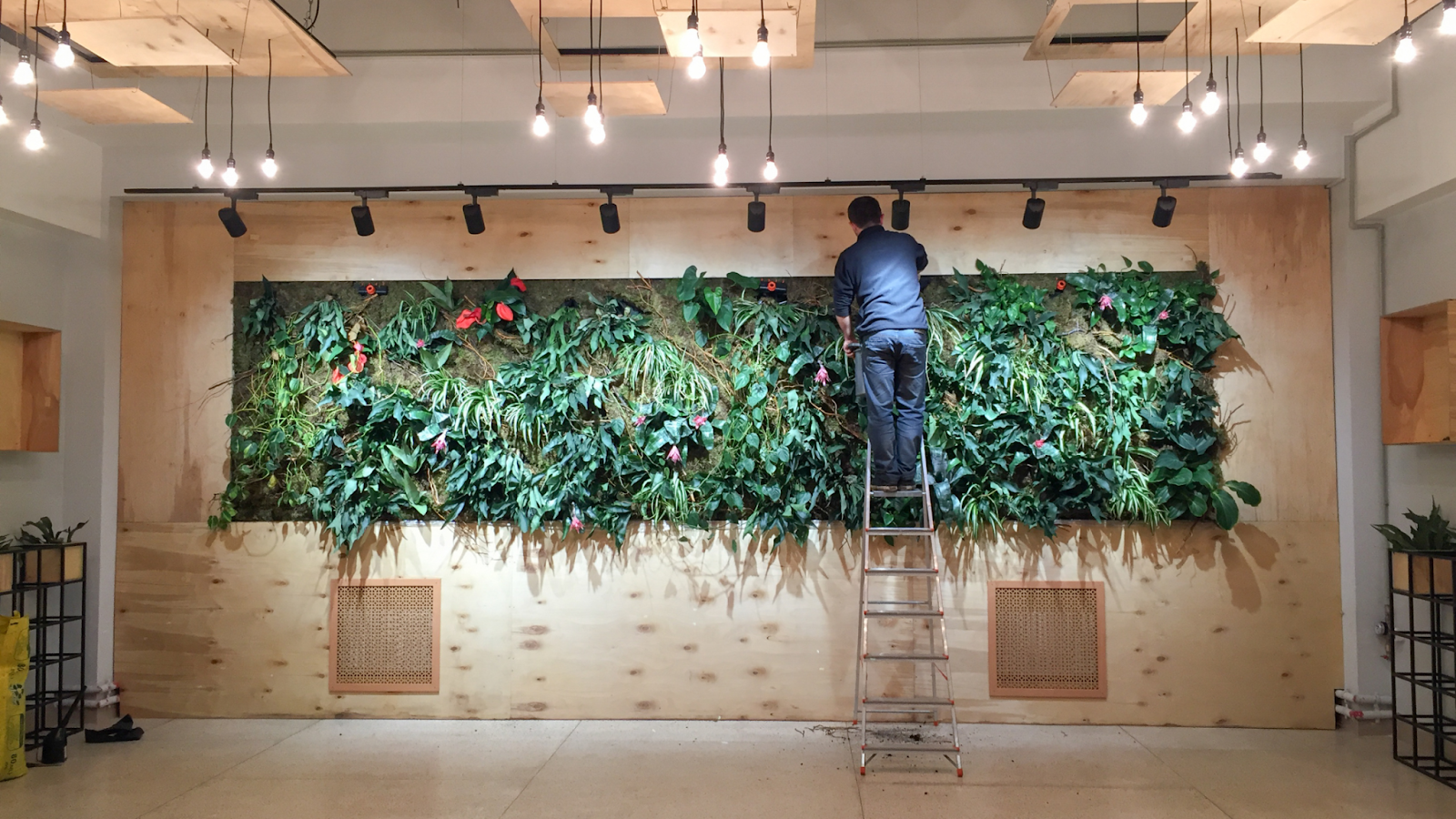When it comes to tackling home improvement tasks or decorating for the holidays, ladders are often an essential tool. From cleaning gutters and maintaining roofs to hanging festive Christmas lights, they provide the height needed to reach elevated spaces. However, using a ladder can be risky if not done properly. It’s crucial to understand and follow safety practices to avoid accidents. Whether you’re handling seasonal tasks or general home maintenance, following the right ladder safety guidelines ensures your tasks are completed safely and efficiently.
1. Choose the Right Ladder for the Job
One of the most important steps in ensuring safety is selecting the proper ladder for your project. The height of the ladder should match the height you need to reach, but it’s vital to avoid using a ladder that’s too short or too tall for the job. A ladder that’s too short may force you to lean or overextend, which increases the risk of losing balance. On the other hand, a ladder that’s too tall can be unstable, making it harder to control.
To determine the right ladder size, follow this simple guideline: when standing on the ladder’s top rung, you should be able to reach your task comfortably with your arms fully extended, while maintaining a safe stance. As a general rule, ensure that the ladder extends about 3 feet past the edge of a roof or platform if you’re accessing higher areas.
2. Inspect the Ladder Before Use
Before using your ladder, always inspect it for any damage. Look for cracked or bent rungs, loose screws, or any other defects that might compromise its stability. A damaged ladder is a serious hazard, and it’s not worth the risk. Ensure the feet of the ladder are in good condition and non-slip to avoid any sliding while you’re on the ladder. This simple precaution can help prevent accidents and make sure your ladder remains in safe working order.
3. Maintain Three Points of Contact
When climbing or working on a ladder, the rule of three points of contact is essential. This means that at least two hands and one foot (or two feet and one hand) should be on the ladder at all times. This principle helps to maintain balance and stability. Avoid trying to carry tools or heavy objects while climbing the ladder, as it can disrupt your balance. Instead, use a tool belt or a bucket to hold your tools securely, allowing you to focus on maintaining your grip and positioning.
If you need to move the ladder to a different location, always descend first and then reposition the ladder. Never attempt to shift the ladder while standing on it, as this increases the risk of falling.
4. Set the Ladder on Stable Ground
Positioning your ladder correctly is just as important as choosing the right height. Always set up your ladder on a level, firm surface. Avoid placing it on uneven ground or soft surfaces, like grass or dirt, as these can cause the ladder to tip over. For outdoor tasks such as cleaning gutters or decorating for the holidays, make sure the ground is stable and that there are no obstacles, like rocks or debris, in the way.
If you’re working near a roof edge or a wall, ensure the ladder is angled at the correct 75-degree angle. A good rule of thumb is that the base of the ladder should be one foot away from the wall for every four feet of height.
5. Avoid Electrical Lines
If your ladder is being used near electrical lines, take extra precautions. Always keep the ladder at least 10 feet away from power lines, as coming into contact with an electrical wire can lead to serious injury or death. This is especially important if you are using a metal ladder, as it conducts electricity. For added safety, use a fiberglass ladder, which is non-conductive, to avoid electrical hazards.
6. Professional Christmas Light Installers Use Specialized Gear
For tasks like hanging holiday lights, many homeowners opt for professional help due to the height and complexity of the job. Local Christmas light installers use specialized ladders and safety gear to efficiently and safely reach high peaks. These experts are trained to handle the risks associated with ladder use and work in extreme weather conditions, ensuring that your home is beautifully decorated without any accidents.
Conclusion
Using ladders for home projects or holiday decorating is a common yet risky activity. By following these ladder safety tips, choosing the correct ladder, maintaining three points of contact, inspecting your equipment, positioning the ladder correctly, and avoiding electrical hazards you can minimize the risk of accidents and complete your tasks safely. Whether you’re handling DIY projects or hiring professionals for specialized tasks, safety should always come first.

